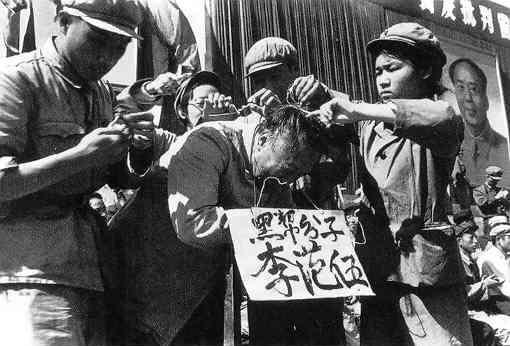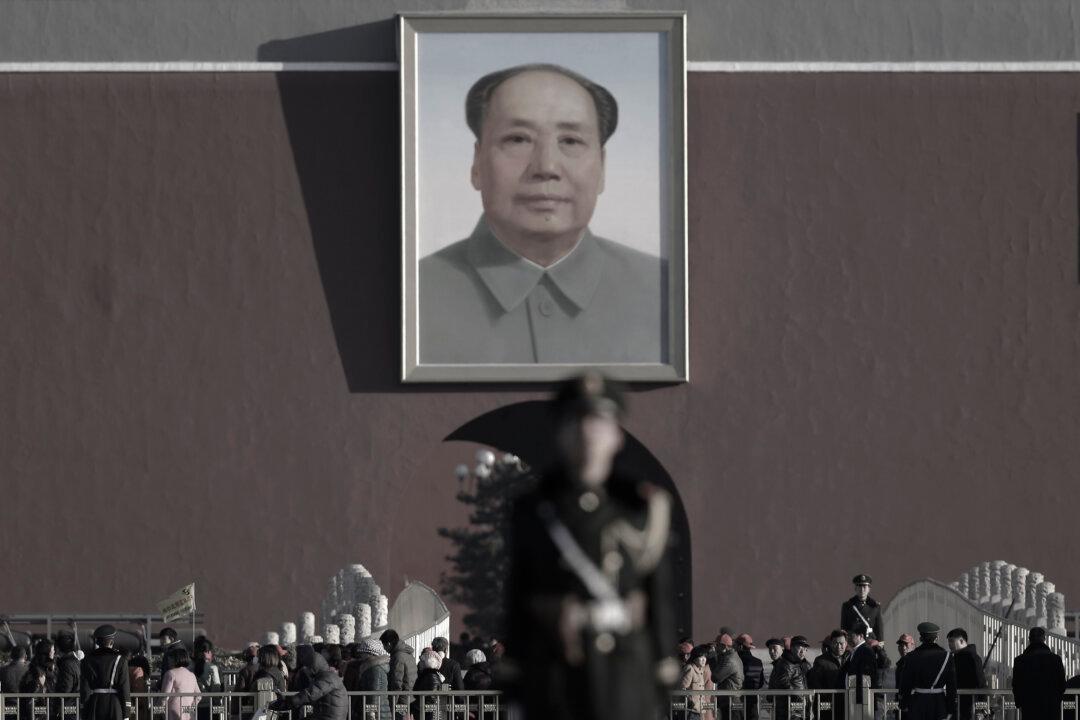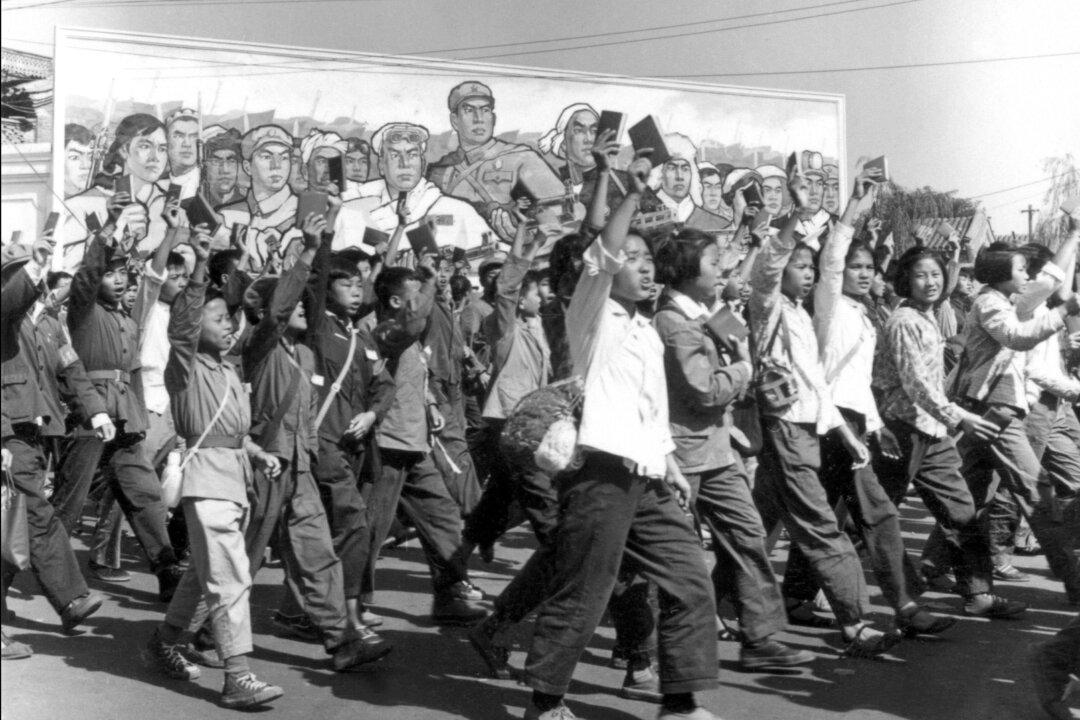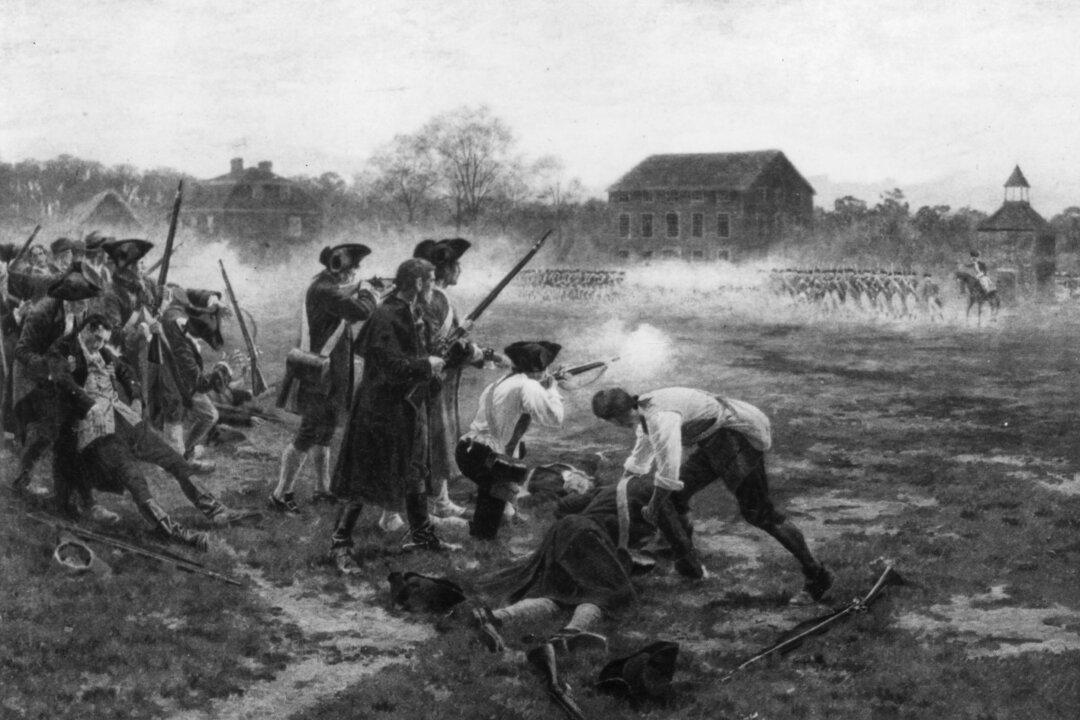Commentary

Communist Party cadres hang a placard on the neck of a Chinese man during the Cultural Revolution in 1966. The words on the placard states the man’s name and accuse him of being a member of the “black class.” Public Domain

David Kopel
Contributor
|Updated:



